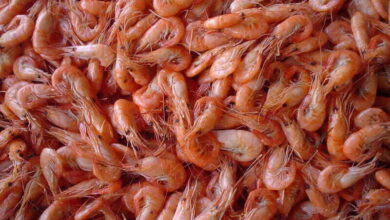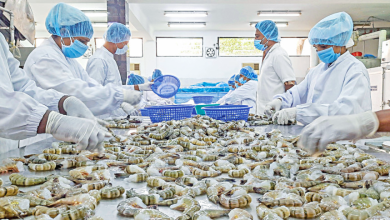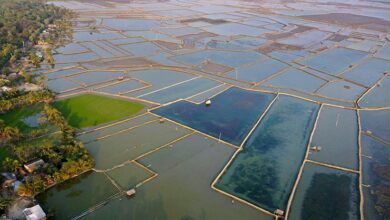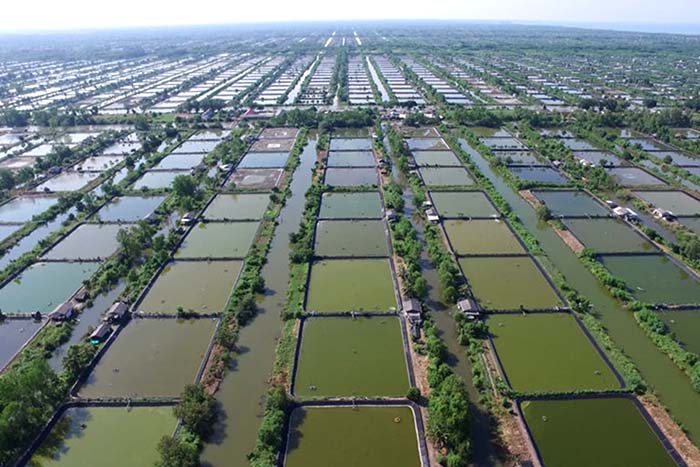
Indonesian shrimp farmers are dealing with a number of issues, such as disease outbreaks, increasing production costs, and declining prices. Despite these obstacles, the farmers are still dedicated to their work and willing to embrace new technology to support their livelihoods.
Indonesian shrimp farmers are experiencing the impacts of these difficulties in Purworejo, Central Java. The farmers are navigating numerous disease outbreaks, a changing environment, and declining prices in addition to increasing feed costs.
Eko Winasis is a local farmer in that area and too familiar with the difficulties. He has been running a shrimp fishery in Purworejo for the past seven years.
Eko claims that the major problems right now are bacterial diseases like early mortality syndrome (EMS) and white feces syndrome (WFS).
‘Since diseases are constantly changing, we can only do our best to avoid them. But outbreaks can still occur despite the best preventative steps being in place.’ said Eko.
Budi Harsoyo, another local farmer is also up against a comparable challenge. The former horticulturist began shrimp farming in December 2014, with only three ponds. He now owns 19 ponds and runs six more in a joint venture with other parties. His farm is 2.5 hectares in size, with ponds varying in size from 900 to 1,200 square meters.
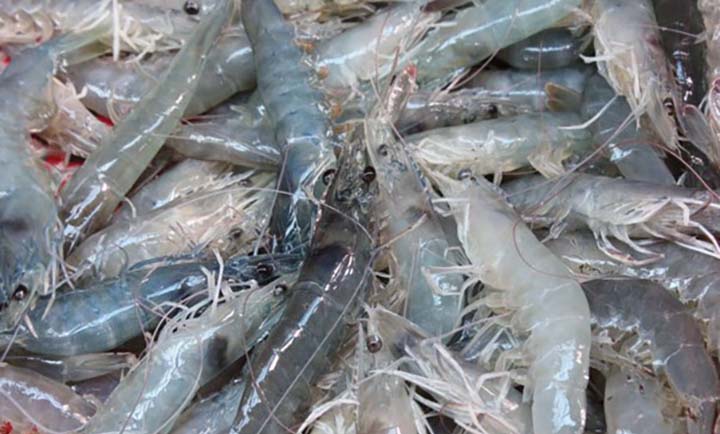
Budi claims that shrimp aquaculture is very different today than it was seven years ago. Budi had never experienced any production losses prior to EMS, but since the disease’s emergence, he has seen them become more common. ” Farming is not as simple as it once was,” he says.
The operations of both farmers have started to be impacted in recent years by the effects of climate change. Seasons are becoming more unpredictable, and extreme weather events have become more common. The rising expense of feed is one of the biggest issues shrimp farmers are confronting. The increased costs are brought on by the increasing cost of fuel and raw materials. The producers use a feed brand that is imported from Vietnam, which raises the price even further. Farmers have reported a recent rise in shrimp post-larvae prices as well.
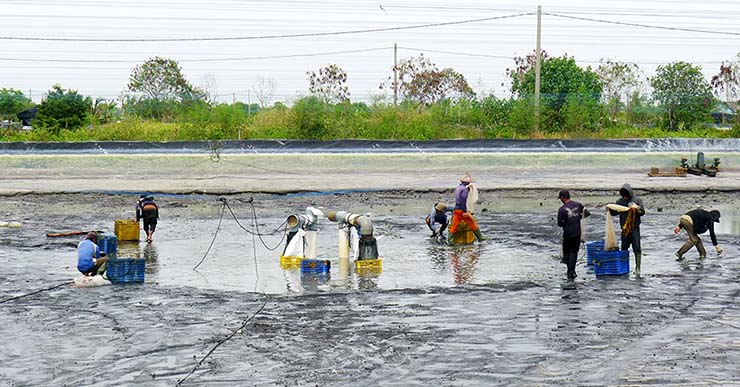
The Indonesian shrimp farmers have put strategies to cut production costs into place to deal with the declining prices and increasing costs, such as minimizing the use of probiotics and recycling their own minerals. They are constantly searching for innovative approaches to boost output and stop the disease.
As the cost of larger shrimp has decreased, smaller sizes are more appealing to many producers. Hence, to make up for possible disease-related losses, farmers are concentrating on producing 40-count (40 shrimp per kg; average size: 25 g) shrimp at a greater density.
They also keep fewer shrimp in stock to reduce disease-related deaths. The locals have found success with this method, which can result in more consistent output and less feed being wasted on shrimp that later die.
Despite the difficulties they encounter, the farmers are committed to their job and willing to use new technology to enhance their operations.
Jaber Bin Abdul Bari
Department of Oceanography, NSTU

